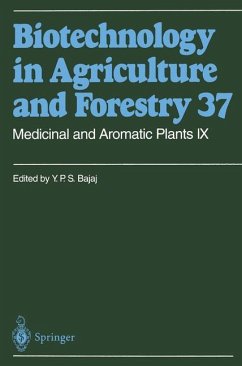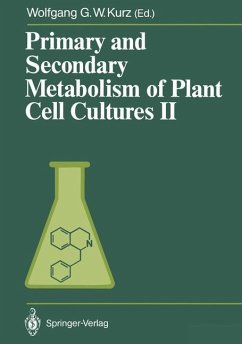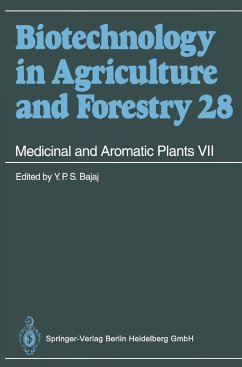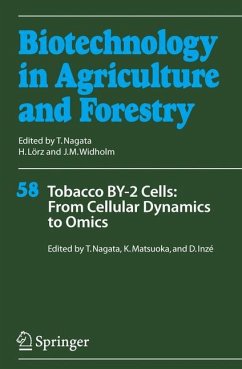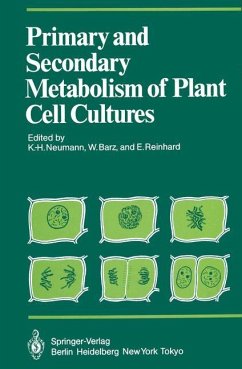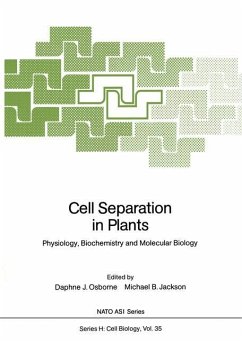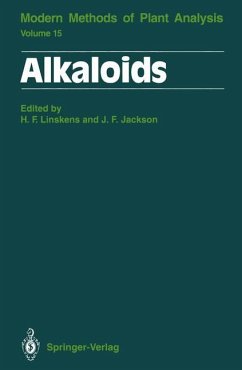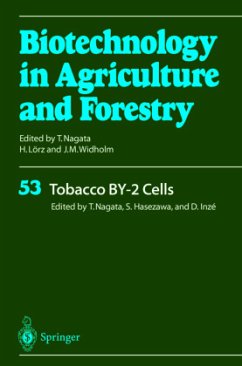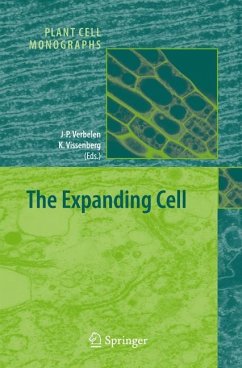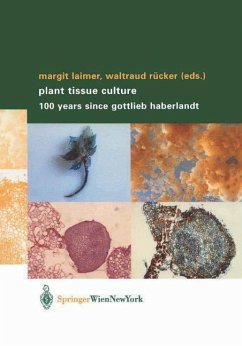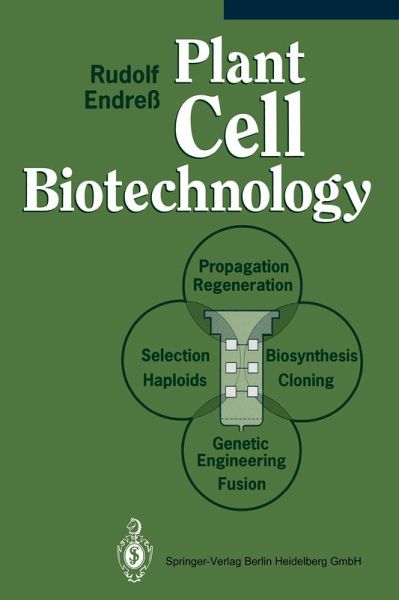
Plant Cell Biotechnology
Versandkostenfrei!
Versandfertig in 6-10 Tagen
151,99 €
inkl. MwSt.
Weitere Ausgaben:

PAYBACK Punkte
76 °P sammeln!
In the past there were many attempts to change natural foodstuffs into high-value products. Cheese, bread, wine, and beer were pro duced, traditionally using microorganisms as biological tools. Later, people influenced the natural process of evolution by artificial selection. In the 19th century, observations regarding the depen dence of growth and reproduction on the nutrient supply led to the establishment of agricultural chemistry. Simultaneously, efforts were directed at defining the correlation between special forms of morphological differentiation and related biochemical processes. New e...
In the past there were many attempts to change natural foodstuffs into high-value products. Cheese, bread, wine, and beer were pro duced, traditionally using microorganisms as biological tools. Later, people influenced the natural process of evolution by artificial selection. In the 19th century, observations regarding the depen dence of growth and reproduction on the nutrient supply led to the establishment of agricultural chemistry. Simultaneously, efforts were directed at defining the correlation between special forms of morphological differentiation and related biochemical processes. New experimental systems were developed after the discovery of phytohormones and their possible use as regulators of growth and differentiation. In these systems, intact plants or only parts of them are cultivated under axenic conditions. These methods, called "in vitro techniques", were introduced to modern plant breeding. In the field of basic research, plant cell cultures were increasingly developed and the correlations between biochemical processes and visible cell variations were explored further. It should be possible to manipulate the basic laws of regulation and the respective biochemi cal processes should be regarded as being independent of morpho logical processes of plant development.





